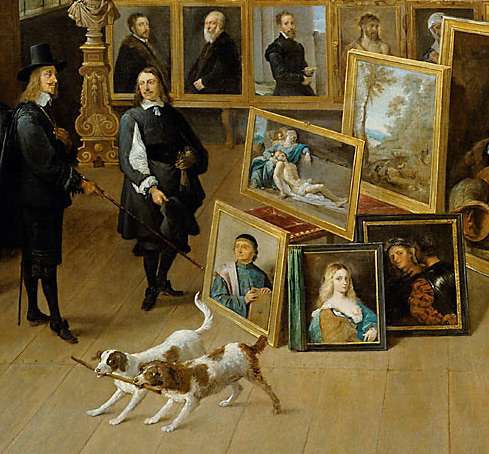

Before Berger begins explaining the art itself, he tells us about rhe cultural constructions that exist today, These cultural constructions are enforced and were. The surveyor of woman in herself is male: the surveyed female. John Berger Ways of Seeing Iterwp In John Berger s article, ‘Ways of5eeing’, it explains European eighteenth century art and how it relates to many of todays cultural transitions. However, formatting rules can vary widely. Note: Citations are based on reference standards.

Art critic and author, John Berger explores the ways in which we look at pictures. This determines not only most relations between men and women but also the relation of women to themselves. John Berger Michael Dibb BBC Enterprises. One might simplify this by saying: men act and women appear. Berger first examines the relationship between seeing and knowing, discussing how our assumptions affect how we see a painting. It is comprised of seven different essays, three of which are pictorial and the other containing texts and images.

Her own sense of being in herself is supplanted by a sense of being appreciated as herself by another. Ways of Seeing is a key art-historical work that continues to provoke widespread debate. She has to survey everything she is and everything she does because how she appears to men, is of crucial importance for what is normally thought of as the success of her life. Women are always aware of how they look as well as how others see her. He describes that a oman views herself in two ways, as the surveyed and as the surveyor (Berger 4). And so she comes to consider the surveyor and the surveyed within her as the two constituent yet always distinct elements of her identity as a woman. Erin Svvanson Amanda Zoch English 131-17495 28 August 2012 A Different View In his essay, ‘Ways of Seeing, Iohn Berger discusses how women are seen differently then men. From earliest childhood she has been taught and persuaded to survey herself continually. Whilst she is walking across a room or whilst she is weeping at the death of her father, she can scarcely avoid envisaging herself walking or weeping. She is almost continually accompanied by her own image of herself.


 0 kommentar(er)
0 kommentar(er)
